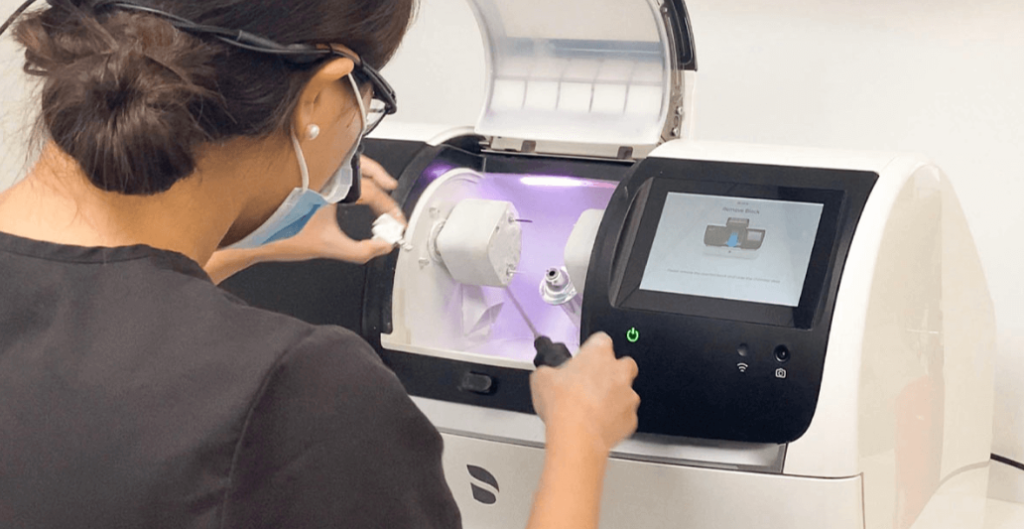Key Takeaways
- Explore the newest innovations in dental technology and their effects on oral health.
- Learn how digital solutions are reshaping dentistry.
- Understand the impact of tele-dentistry and how it enhances patient care.
The Changing Landscape of Dental Technology
The dental industry is experiencing a remarkable transformation, primarily driven by rapid technological advancements. These innovations are reshaping how dental practitioners deliver care, enabling them to offer more efficient and effective treatments. A typical example can be seen used by a dentist in Richardson, where the integration of cutting-edge technologies enhances patient experiences and treatment outcomes. Modern dental practices leverage digital tools to streamline procedures and engage with patients novelly, promoting a more interactive and educational approach to oral health.
Digital Dentistry: A New Era of Dental Care
Digital dentistry is heralding a new dental health era with enhanced precision and patient comfort. The transition from traditional dental molds to digital impressions exemplifies this shift. Dentists can use advanced imaging technologies to capture highly accurate 3D images of a patient’s oral cavity. It improves the accuracy of dental restorations and significantly reduces patient discomfort associated with traditional mold materials. By embracing digital solutions, dentists can provide a faster, more comfortable, and more precise experience, strengthening the patient-practitioner relationship.
AI and Machine Learning in Dentistry
Artificial intelligence (AI) and machine learning rapidly assert their place in dental diagnostics. These technologies are being employed to analyze extensive dental datasets, enabling practitioners to identify health trends and potential issues with unprecedented accuracy. AI algorithms can swiftly process dental images, highlighting areas of concern the human eye might overlook. It enhances early diagnosis and supports the development of targeted treatment plans. The role of AI in dentistry is expanding, as it provides dental professionals with powerful tools to predict, diagnose, and treat oral health conditions more effectively.
Tele-dentistry: Expanding Access to Care
Tele-dentistry is an emerging field that is transforming accessibility to dental care, particularly for those in remote or underserved areas. Utilizing telecommunication technology, dentists can offer virtual consultations, allowing patients to receive professional advice and preliminary diagnoses from the convenience of their own homes. This model of care is especially beneficial during follow-up visits, where in-person examinations are not required. As tele-dentistry progresses, it is expected to significantly enhance access to dental care in situations where available resources or the capacity for patients to travel may be restricted.
3D Printing: Revolutionizing Dental Prosthetics
3D printing technology is drastically altering the traditional approach to creating dental prosthetics. It allows the manufacturing of highly customized and precise dental appliances, from crowns and bridges to complex orthodontic devices. The conventional time-consuming process of tooth mold creation can now be reduced to hours, and the resultant products boast improved fit and comfort. The economic effectiveness of 3D printing also lowers expenses, making dental treatment more reachable and economical. This technological advancement enhances patient outcomes and empowers dental laboratories and professionals to more flexibly cater to individual patient needs.
The Role of Robotics in Dental Surgery
In recent years, robotics has made significant strides in dental surgery, offering unmatched precision and efficiency. Robotic systems assist dental surgeons in performing complex procedures that require a steady hand and painstaking accuracy. These systems can significantly minimize human error, improving overall outcomes and shorter patient recovery times. With robotics, dental surgeries are becoming safer and less intrusive, creating a more positive patient experience.
Predictive Analytics for Preventive Care
Predictive analytics in dentistry marks a proactive shift towards preventive care. By analyzing diverse patient data sets, dentists can foresee potential health problems and intervene earlier. This approach enables a more individualized method of patient care, with treatment strategies customized to specific risk factors and personal habits. Predictive analytics reduce the incidence of advanced dental issues and champion a culture of prevention rather than reaction. This development represents a forward-thinking approach to dentistry, prioritizing long-term oral health maintenance.
Future Trends and Their Impact on Dentistry
The future of dental technology continues to be promising, with immersive trends like virtual and augmented reality poised to redefine the patient experience. These technologies offer engaging ways to visualize dental procedures and outcomes, enhancing patient understanding and comfort. Further, innovations such as nano-dentistry and smart toothbrushes will likely become commonplace, providing more proactive and personalized oral health solutions. Embracing these trends is essential for modern dental practices offering state-of-the-art care.

